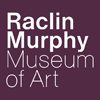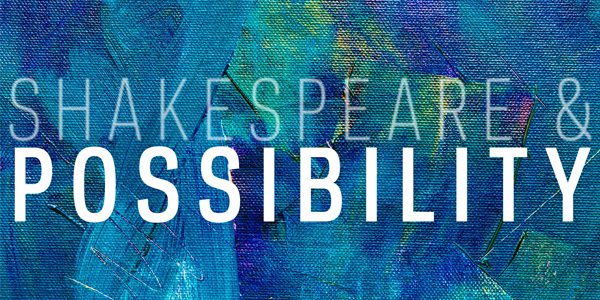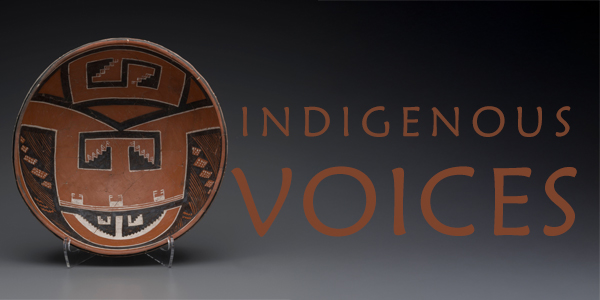Married Woman’s Headdress

ABOUT THE ARTWORK
Who made it?
We don’t know the name of the artist who created this married woman’s headdress. The man who collected it while visiting Sehitwa, Botswana, in 1935 didn’t write down the name of the Herero woman he bought it from (who would have also been the person who made the headdress). He did take her picture, though, which you can see here.
The Herero people live primarily in modern-day Namibia and Botswana. Herero society is structured almost entirely around cattle. The raising, tending, trading, and slaughtering of the animals influence almost all parts of life, including the clothing that Herero women wore in the past and still wear today.
Leather headdresses like the one in the Raclin Murphy Museum were worn during the nineteenth century and into the 1940s by the majority of all adult Herero women. As more Herero women converted to Lutheranism the leather headdresses were abandoned. Women still honor the tradition of these headdresses in their contemporary dress seen here.
What’s going on in this work?

This headdress is made entirely of cowhide that has been finished in a variety of ways—buffed smooth and shiny, left soft and nubby, and pierced with a pattern of crisp lines. The leather is additionally embellished with iron beads of different shapes that would have been purchased from a blacksmith. The more beads used on a headdress, the more wealth the wearer had. Leather headdresses like this one were worn only by married mothers and were known as omakossi, or cow-horn headdresses. Married women were expected to sew their own garments although they typically purchased leather and metal from local craftsmen. The important role that cattle play in Herero life and culture can be seen in the structure of the headdress. The shapes at the very top of the piece represent cattle ears. Looking at the photo of the woman in the section above, you can see that when the leather bridal veil (which hangs over the ears and shoulders) is rolled up to reveal her face and hang down imitating cattle horns.
Take a closer look.

Click on the full image of Married Woman’s Headdress above to see a larger version of the work. Look closely at the headdress and use these questions to guide your looking. Share your thoughts with your family at home, with a friend through a virtual conversation, or with us in a response to this email.
- Headdresses like the one in the Raclin Murphy Museum of Art’s collection were meant to be worn and used. The large photo above shows the back of the headdress. How do you think this headdress was worn? Do you think it is heavy or light? What do you see that makes you say that?
*If you’d like to see what the Raclin Murphy Museum’s headdress looked like on the Herero woman who made it, flip to pages 51 and 52 of the Dimensions of Power catalog for photographs. - If you were to create a headdress that referenced an important part of your life and culture, what would it look like? What materials would you use to create it? How would it be worn? When would you wear it?
Download the Raclin Murphy Museum of Art app to take a virtual tour of the exhibition Dimensions of Power: African Art at the Raclin Murphy Museum of Art today! Available for free download from your regular app store.
To receive the collection in your inbox, join the Raclin Murphy Museum’s mailing list.

Engage with the Raclin Murphy Museum of Art by exploring their collection through background information and reflection questions. For more information on the collections, please visit the Raclin Murphy Museum of Art website.
Learn MoreMarch 30, 2020
More Like This
Related PostsLet your curiosity roam! If you enjoyed the insights here, we think you might enjoy discovering the following publications.






